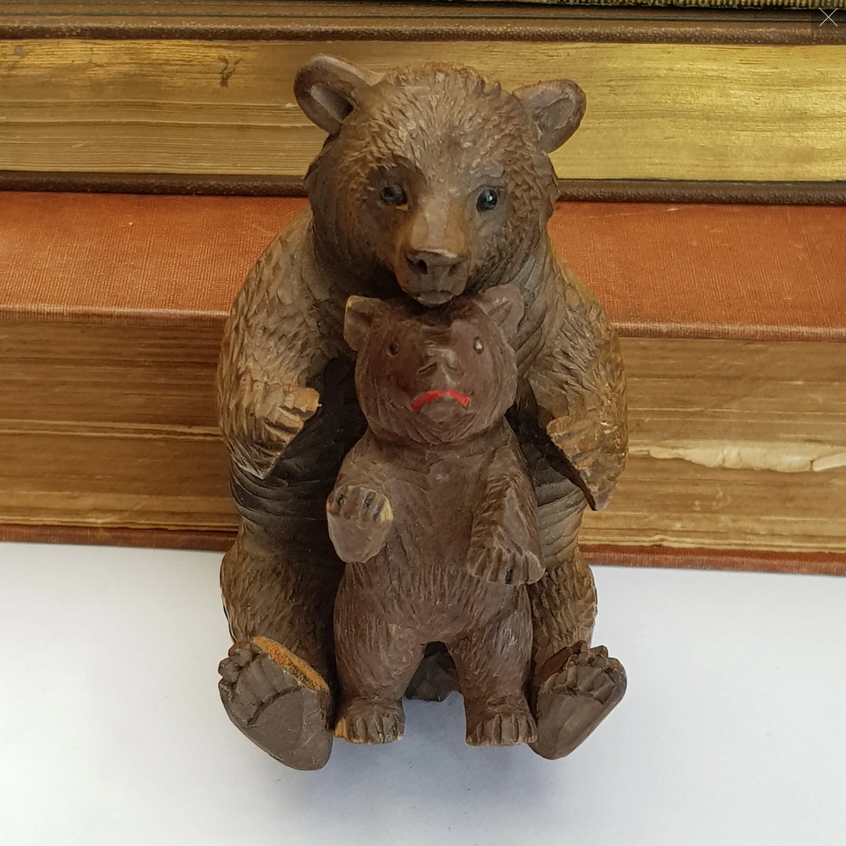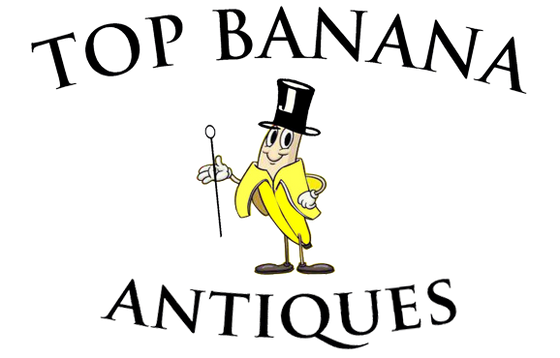Whittled with Charm: The Curious Origins of Black Forest Carving

Tucked away in the pine-scented hills of southwestern Germany, where cuckoo clocks call the hours and schnitzel is a religion, lies the birthplace of a curious and charming art form: Black Forest wood carving.
Contrary to popular belief, "Black Forest carving" doesn’t mean everything was hacked out of dark wood by gnomes in Lederhosen (though we wouldn’t rule it out entirely). These intricately carved bears, birds, and barometers began charming the world in the 19th century, when rural Swiss and German artisans, particularly in the Brienz region, took up their chisels and turned humble lindenwood into export gold.
Originally, it was all about folk art—modest carvings of forest creatures and rural life, often sold to passing tourists or at world fairs. But demand soared, the carvings grew more elaborate, and soon every Victorian parlour worth its lace had a fierce-looking bear umbrella stand or a dramatically antlered wall clock.
Though machine-made imitators eventually flooded the market, true Black Forest carvings can still be spotted by their fine detail, hand-chiselled quirks, and that slightly bewildered expression every carved animal seems to wear—perhaps wondering how it ended up holding walking sticks in a hallway in Surrey.
So next time you see a solemn wooden stag glaring from a mantelpiece, know this: it's not just a curio. It’s a slice of Alpine history, whittled with love (and maybe a little schnapps).
Animals the famous bears and dogs cats deer are very popular and tend to be carved from the local limewood which is closed grained and lends itsself to beign carved.
Leave a comment
Comments will be approved before showing up.



